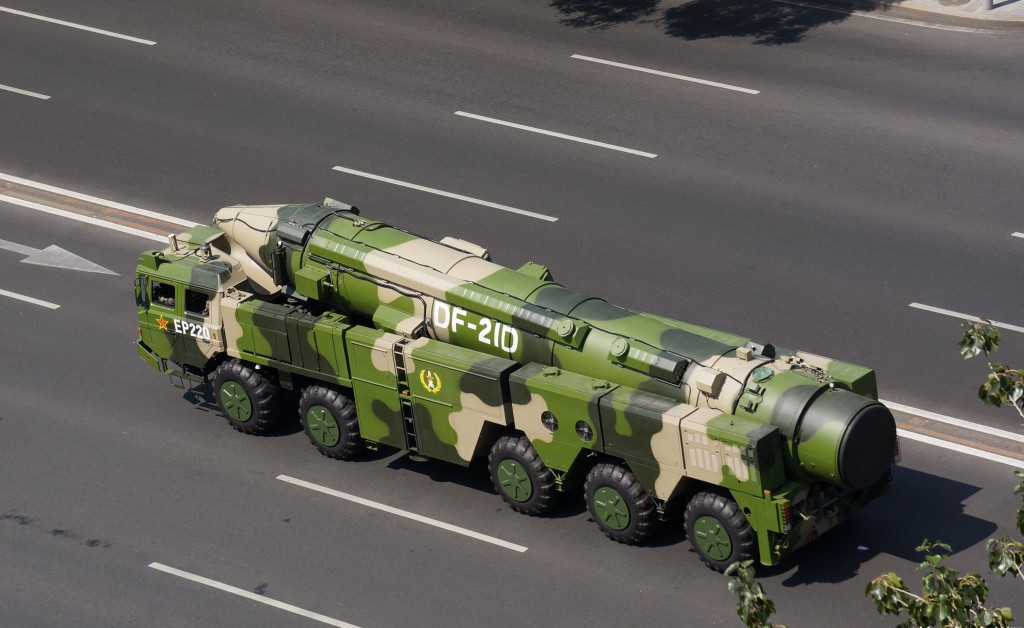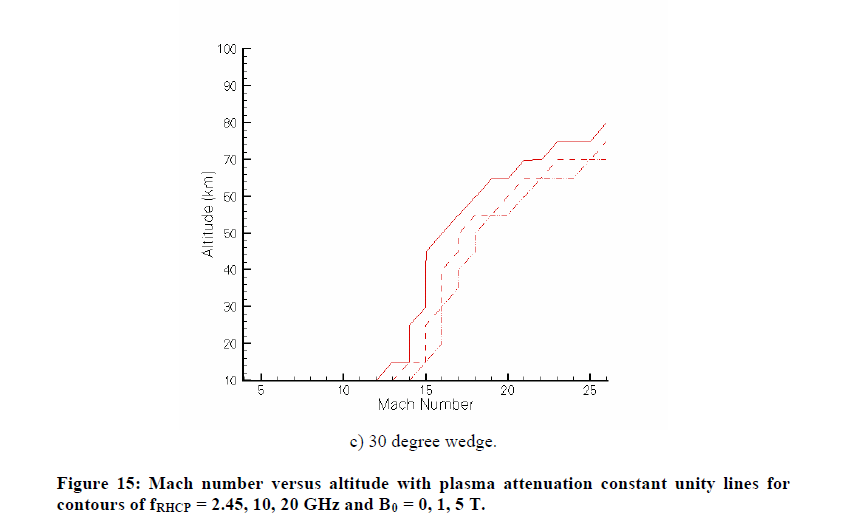After some content about Air and Ground warfare, it’s time for this blog to turn to more maritime matters.
So let’s have a look at the new threats the next generation of frigates, and of surface ships in general, will have to face.
Stealth aircraft
While stealth aircrafts are not new, the F-117 having entered service in 1983, they were for a long time reserved to the US Air Force. However, China and Russia have started to fly stealth fighters, in the form of the J-20 (and the FC-31 demonstrator) and the Su-57 respectively. Other nations, such as Turkey, Korea, Japan, the UK, France and Germany have also added stealth as a requirement for their next generation fighter programmes.
Overall, while those aircraft might not end up being as stealthy as a F-22, they will still present a markedly smaller radar cross-section than the current generation, especially at high frequencies, thanks to aligned edges and flat surfaces that make the waves bounce away from the emitter. Consequently, existing shipborne air defence radars, which are mostly in the S and X bands, will see their effective range reduced.

Fortunately, solutions exist to detect stealth fighters. Indeed, with the introduction of the F-22 and F-35, Russia had a strong incentive to find some, and they did. They introduced a new generation of radar which uses much lower frequencies. At these frequencies, the wavelength becomes comparable to the vertical dimension of the fighters, and the waves are no longer affected by the stealth shaping. This phenomenon is called Mie and Rayleigh scattering, and one Russian radar designed to exploit exploit it is the Nebo RLM-M which operates in the VHF band:

However this forces the radar to have a very large antenna to have a good accuracy. To reduce Rayleigh scattering, one has to use bigger structures with smooth curvatures, as is the case of the B-2 bomber, so all the stealth fighter projects will have a relatively large radar signature at low frequencies.
Consequently future air defence frigates and destroyers will likely carry large, low-frequency radars for long-range search against stealth fighters.
Hypersonic & ballistic missiles
The Soviet Union developed many fast anti-ship missiles, such as the Granit missile carried by Oscar II submarines, which reaches Mach 2+ and is powered by a jet engine. However, the fastest were rocket-powered: the Kh-22 and the Kh-15S use one to reach Mach 5. This speed is considered as the threshold for being called a hypersonic missile.

Nowadays, a lot more countries are developing hypersonic missiles, mostly as rocket-boosted warheads which then glide to the target at very high speed, and are hard to intercept because they can maneuver along the way, contrary to traditional ballistic missiles. The United States is making a strong push towards hypersonics, with the AGM-183A being developed for the Air Force, and the Common Hypersonic Glide Body being put onto different boosters for the Army and Navy.

The AGM-183A before booster separation 
The Army system, with a blunter warhead
Russia is continuing to lead in the domain, with the Zircon and Kinzhal missiles on the tactical side, and the nuclear Avangard on the strategic side.

The Avangard maneuvering in the upper atmosphere 
The Kinzhal carried by a Mig-31
Finally, China has fielded many different systems in its rocket forces: the 1500km-range DF-21D and the 4000km-range DF-26 use maneuvering warheads, which follow a predictable ballistic outside the atmosphere, and then use their control surfaces to avoid defences and precisely hit their target once they reenter the atmosphere. China also recently unveiled the DF-17, which has a much sleeker shape, making it a true hypersonic glider, able to stay in the atmosphere for most of its flight.

DF-17 
DF-26 
DF-21
So with all these new weapons being already operational, or becoming operational in the near future, the threat naval units are facing is significantly changing: their trajectories are very different from what current defense systems were designed to counter:
- Anti-aircraft missiles were not designed to intercept targets going that fast
- Long-range anti-ballistic missiles were designed to intercept their targets outside of the atmosphere. This is still a valid strategy against blunt maneuverable warheads, but since gliders spend the second half of their trajectory inside the atmosphere, new interceptors able to defeat their evasive maneuvers and hit them inside the atmosphere will have to be created.
While Chinese Anti-Ship Ballistic Missiles have created quite a stir in the USA, the Chief of Staff of the French Navy dismissed they presented a hard to counter threat, explaining that they need terminal radar homing, and because of their speed in the terminal phase cannot be much higher that Mach 2, which advanced missiles can already intercept.
However, there are thermal protection materials that are quite transparent to radio waves, and can be used to shield warheads against the effect of reentry at any temperature. There is even a publicly available Russian scientific article on these. One of the candidate materials has a 60% 2-way transmission at 14Ghz (for around 7mm of thickness based on the photos in the article), making it a very good candidate to protect a X-band radar seeker:
So the argument by the Chief of Staff is dubious, and if the weapon designers have any sense, they will aim for terminal velocities much higher than Mach 2.
Radio blackout blinding a radar seeker is not much of an issue under a reentry speed of Mach 15, which corresponds to a 3500km-range ballistic missile. For longer ranges, there is still a good window for a target position update, especially at higher radar frequencies (source, the curves for B>0 are not on the graph):

In fact, because atmosphere slows down the reentry vehicles, even an ICBM will slow down to around Mach 15 at 10km altitude.
The All-seeing eye
The oceans have long been a very good place to hide: a vast domain without vantage points made finding enemy vessels very difficult. The rise of aviation changed that, allowing air forces and naval aviations to scan large swaths to find ships and strike them there. During World War II, naval combat changed for good into aeronaval combat, as exemplified by the British planes neutralizing the German Bismark battleship, and the fleets of Japanese and American aircraft carriers facing off in the Pacific.
Still, planes are limited in the endurance and their speed: they cannot cover all of the oceans all of the time. To do that, assets from another domain are needed: the satellites.
Ocean reconnaissance with satellites is not new. The Russian started launching the radar RORSAT satellites in 1967, the USA introduced signal intelligence satellites able to locate ship-borne radars in 1962.

The nuclear-powered RORSAT 
The modern French CERES emitter location satellites
However, until very recently, ocean reconnaissance satellites were very expensive, and thus only the largest nations could afford them, and they could deploy only a handful. The improvement and miniaturization changed this. Now, commercial companies and almost any country can build very capable small satellites, weighing under 100kg. Companies such as Capella Space, Iceye, Umbra labs, or Urthecast are developing or have launched small Synthetic Aperture Radar (SAR) satellites, and plan to orbit a whole constellation of them to be able to image any point of Earth every hour.

SAR satellites can see through clouds and at night, making them better suited for ship detection than optical satellites. Not all of them are optimized for this role: most commercial companies are designing satellites able to image areas a few kilometers wide at high resolution, because that is what the civilian market is interested in. However, SAR can also acquire very wide areas at lower resolution: the Canadian RADARSAT mission will use three satellites, each able to cover a strip of the ocean 350km wide, to detect all ships in the Arctic every day.
Then, the detection from wide-area SAR can be relayed quickly to the ground, and used to cue other assets, such as optical satellites to take very high-resolution images of ships if weather permits, making it possible to positively identify them. Wide-area optical imaging is also an option in sunny regions, and commercial satellites provide this capability too: Planet, for instance, acquires the full globe at 5m resolution every day.
Once a wide-area SAR constellation will be operational, there will be nowhere to hide in the oceans. Ships will be detected and tracked all over the globe, and with the help of AIS receivers onboard the same small satellites, most commercial shipping can be identified. The remaining detections of large ships without AIS tracks will be very suspicious, and warrant further inspection in high-resolution mode.
Since even “stealth” frigates show up in SAR imagery, the only tool to deny an adversary the benefit of SAR might be jamming. This would give the position of the jammer if the satellite is equipped with an emitter location system, but the jamming ship could deny coverage of a large area around itself, and prevent the detection of allied ships. Ships with large X-band AESA radars should be able to jam in one direction while staying relatively silent in the others, making the operation make discreet. That only works if the SAR satellites operate in the X band too though.
Other options to counter satellites exist, but they are lot more aggressive and can cause debris problems.
AIP submarines
A final, though less recent, threat, might be the spread of conventional submarines with Air-Independent Propulsion (AIP). Traditional conventional submarines (SSK) use a large bank of batteries to store power, and they recharge those batteries by running a diesel engine. To do that, they have to stay close to the surface to get oxygen to burn the fuel with, and that makes them vulnerable. SO submarine designers have looked for ways to store more energy in the hull, allowing for more range while submerged.
There are a variety of ways to do that, a modern way is the diesel reformer from Naval Group, which avoids storing in the highly flammable H2 form:
With such systems, submarines can operate for weeks without having to raise the snorkel to get fresh air. This minimizes detection by airborne anti-submarine assets. Although it is more noisy than just draining energy from the batteries since there is a bit of machinery involved, it still increases the threat posed by a well-operated SSK.
Conclusion
While these new technologies change the balance of warfare against naval units, other developments could still give an edge to future surface combatants. They will be the subject of the next article.


Thanks for this summary.
I believe the threat of hypersonic missiles over thousands of km to be inflated, as they are completely dependent on nearby assets to keep track of moving targets.
LikeLike
The Chinese have a growing maritime observation satellite system. If they can’t detect and maintain tracks of of ships throughout the Pacific now, they probably will be able to soon.
I suspect the only way we’ll be able to operate on the surface in wartime in the Pacific is through aggressive ASAT. We need to be looking at non-Kessler Syndrome options.
LikeLike